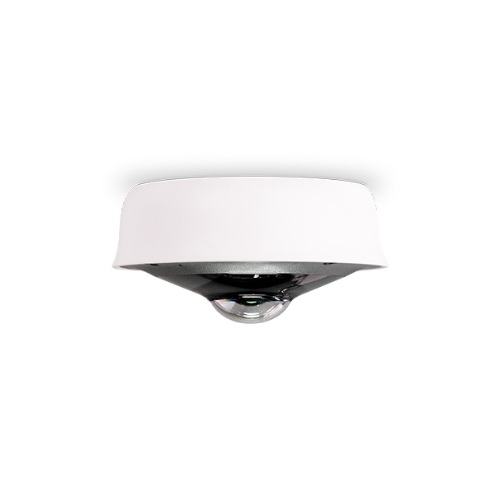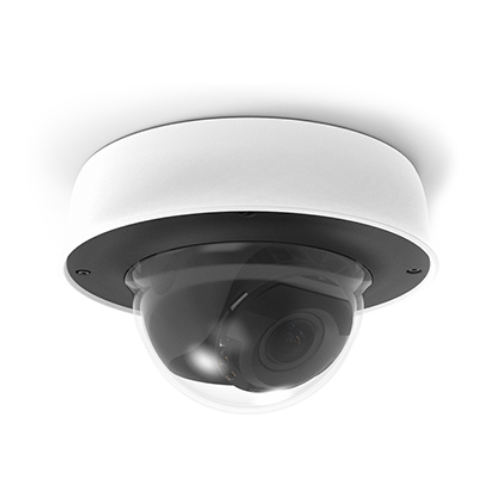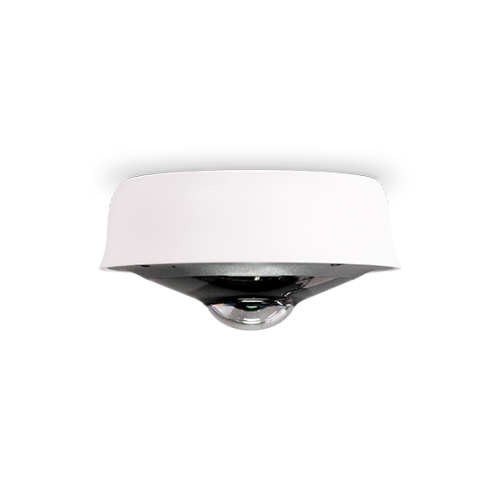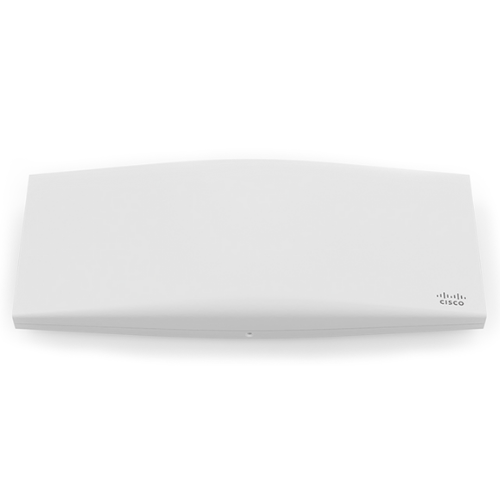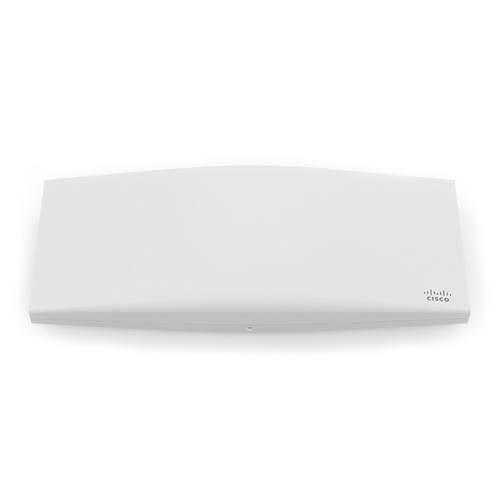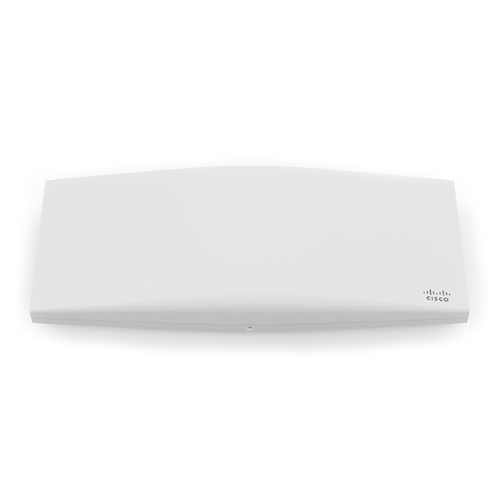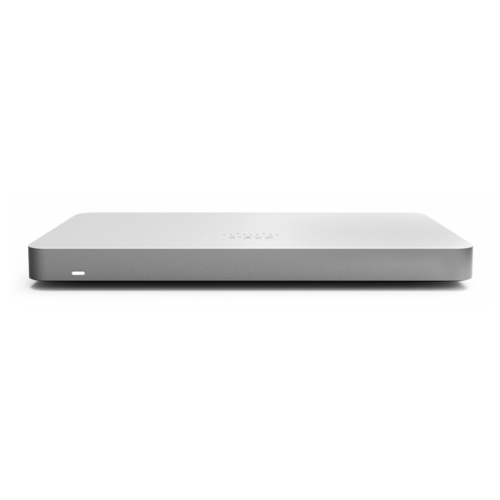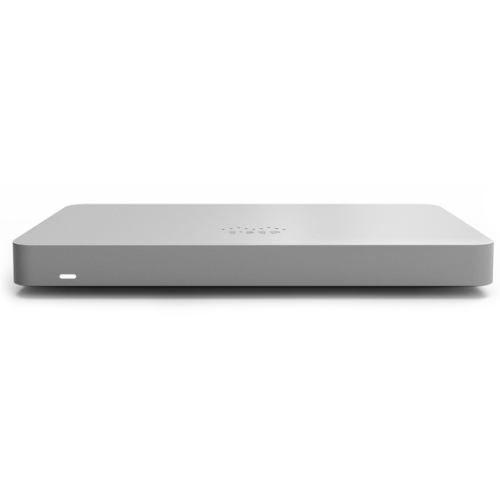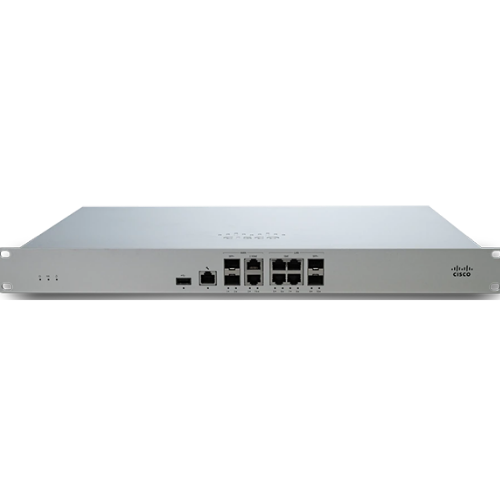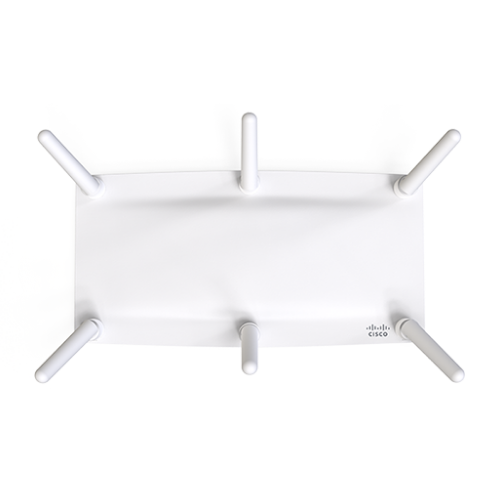Features:
Cutting-edge architecture with streamlined management
Meraki MV architecture
Meraki brings simplicity to security camera deployments with expertise in distributed computing. With cloud-augmented edge storage, MV smart cameras provide groundbreaking ease of installation, configuration, and operation. Eliminating the NVR reduces equipment CapEx and the simplified architecture minimizes lifetime OpEx costs.
Each MV smart camera comes with integrated, ultra-reliable, industrial-grade storage. This cutting-edge technology allows the system to efficiently scale to any size, with storage expanding with the addition of each camera. Plus, as video is stored locally, administrators can rest easy knowing that even if the network connection cuts out, the cameras will continue to record footage.
Integrated wireless for flexible deployments
As the primary storage is on the camera itself, very little bandwidth is used unless video is being watched. This unique architecture makes it possible to wirelessly deploy MV smart cameras with minimal impact to the network. All MVs have wireless functionality built in, meaning they can be deployed without having to run new cabling for connectivity. The option for wireless deployments offers organizations an easy upgrade path for analog cameras without the need for recabling and allows greater flexibility for remote or temporary sites.
Simply cloud managed
The innovative Meraki web-based dashboard has revolutionized networks around the world, and brings the same benefits to networked video surveillance. Zero-touch configuration, remote troubleshooting, and the ability to manage distributed sites through a single dashboard eliminates many of the headaches administrators have dealt with for decades. The Meraki dashboard and Meraki Vision portal—a dedicated user interface for viewing and interacting with video—make the need for video management software (VMS) a thing of the past.
Easy to access, easy to control
The Meraki dashboard and Meraki Vision portal allow for flexible management and viewing—whether locally or remotely via automatic cloud proxy. This means that users can access video on a variety of devices without installing software or plug-ins or worrying about complicated VPN setup.
To ensure that users are only accessing video appropriate for their role, the Meraki dashboard has granular controls that allow organizations to define what a user can and cannot do. For example, a store manager would not need to change camera settings or access cameras at other stores they do not manage. Camera-only roles allow administrators to prevent security staff from changing network settings, limit views to selected cameras, or restrict the export of video, while access logs allow network administrators to audit video viewing, exports, and more.
With Meraki cloud authentication architecture, the controls scale for any organization and support security assertion markup language (SAML) integration. For larger and more dynamic organizations, camera permissions can be configured based on camera roles instead of individually assigning them.
Secure and always up-to-date
Centralized cloud management offers one of the most secure platforms available for camera operation. Built with Cisco Trust Anchor Modules, secure boot, firmware image signing, and runtime defenses, MV smart cameras are protected and tamper-proof. Access to the camera is encrypted with a public key infrastructure (PKI) that includes individual camera certificates. Local video is also encrypted by default and adds a final layer of security. All security measures are on by default, require no user configuration, and cannot be turned off.
Software updates are managed automatically for the delivery of new features and to enable rapid security updates. Scheduled maintenance windows ensure the MV family continues to address users’ needs with the delivery of new features as part of the cloud service.
Improving processes and providing business insights
Optimized retention
MV smart cameras have flexible options for video quality and retention policies to meet a variety of deployment needs. Real-time retention estimates for each camera are provided in the dashboard, showing how different bit-rate and frame-rate settings and features like motion-based retention and scheduled recordings affect video storage.
With motion-based retention, cameras always retain a continuous recording of the most recent 72 hours as a safety net. After that period, the camera intelligently trims footage that contains no motion. Motionbased retention is possible because of the unique way MVs handle motion—analyzing video on the camera itself and indexing it in the cloud. This feature can be turned on with the click of a button and can considerably extend on-camera storage.
Schedules allow users to define when cameras record and when they don’t, so you can create templates for groups of cameras and store only what’s needed, or turn off recording entirely to only view live footage.
Whatever combination is chosen, the dashboard provides a real-time retention estimate for each camera. This removes the guesswork and makes it easy to define recording policies that work best for every deployment. For organizations with non-negotiable regulatory requirements surrounding storage, optional Cloud Archive licenses are available in a variety of increments up to 365 days.
Viewing video
Video can be easily accessed from anywhere, on virtually any device. On laptops, desktops, and mobile tablets, video can be viewed on a browser through the Meraki Vision portal or via an installable progressive web app (PWA) for a native software experience. On smaller mobile devices, like phones, the Meraki app allows you to view video on-the-go.
MV smart cameras are also bandwidth-conscious—intelligently streaming video on the LAN or WAN depending on your connection. When the dashboard detects a local connection to the camera from the viewing device, video is streamed directly from the camera, minimizing WAN usage. When viewing video remotely, the dashboard will create a cloud proxy to securely stream video to the device. All of this is done automatically, requiring no special software, plug-ins, or firewall configurations.
Features like the drag-and-drop video wall help streamline video monitoring, whether on-site or remote. Video walls can be configured with up to 16 camera feeds per view wall, and set to rotate at specific intervals to allow users to cycle through multiple views. Additionally, motion alerts can be configured to send notifications of activity, including people, keeping users aware even when video is not being watched.
Isolate events intelligently
Meraki MV smart cameras use Motion Search to quickly find important segments of video amongst hours of recordings. Optimized to eliminate noise and false positives, this allows users to retrospectively zero in on relevant events with minimal effort. Simply select elements of the scene that are of interest in the Vision portal and the Meraki platform will return the activity that occurred in that area during the specified time. Missing laptop? Drag the mouse over the area it was last seen to quickly find out when it happened and who was responsible.
Motion Recap further minimizes the amount of video that needs to be watched by summarizing activity in a single image. The composite image is built into the camera and displayed as Motion Search results in the dashboard. This powerful, time-saving feature allows a user to understand the events of a 30-second video clip in a fraction of a second, with just a glance.
Once important footage has been identified, the dashboard makes it easy to share. Video clips can be exported from the camera, shared via a link, and downloaded into an easily viewable MP4 file. No proprietary file formats or special players are required. After video has been exported, the integrity of the file can be verified using the SHA-256 export verification feature built into the dashboard. There are also options for sharing video links as well as a snapshot tool, which is useful for circulating still images.
Analytics built right in
With an industry-leading processor onboard every MV smart camera, advanced analytics using computer vision and machine learning are now easy, scalable, and cost-effective to implement. MV smart cameras can natively detect, classify, and track objects such as people and vehicles within a frame. This provides valuable insights into office foot traffic or customer behavior patterns straight from the camera, viewable in the dashboard—no servers, special software, or dedicated hardware required. For bespoke applications, MV Sense allows you to run custom computer vision models directly on the camera, opening up endless opportunities to derive business value from video.
The Motion Heatmaps feature provides an overview of relative motion in a given area hourby-hour or day-by-day. This paints a picture of general motion trends, helping to understand hot spots, bottlenecks, or busy and free times. These functionalities make it possible to start expecting more from cameras than just security.
In addition to analyzing the visual world, MV smart cameras can also provide insight into sounds with audio analytics. Using the same machine learning and artificial intelligence used to detect objects, cameras can also detect alarms and sirens and provide overall decibel levels for an area. Audio detection can be useful for tying video into alarm systems for better alerting and faster incident response, whereas the overall noise level can be used for architectural acoustics.


